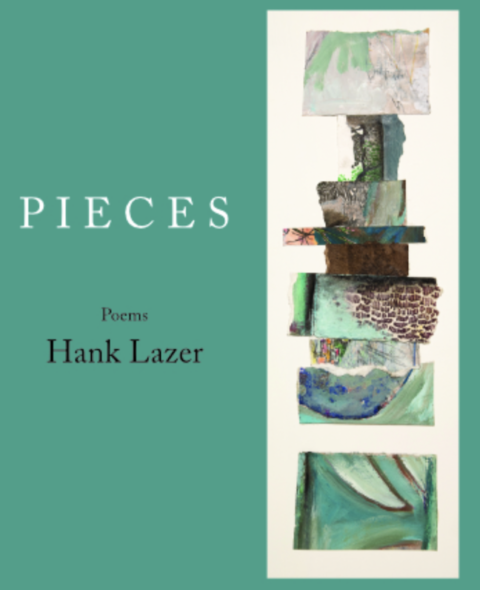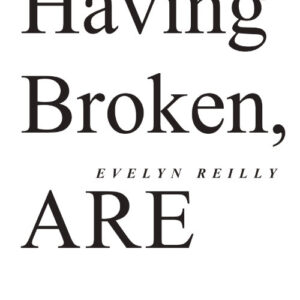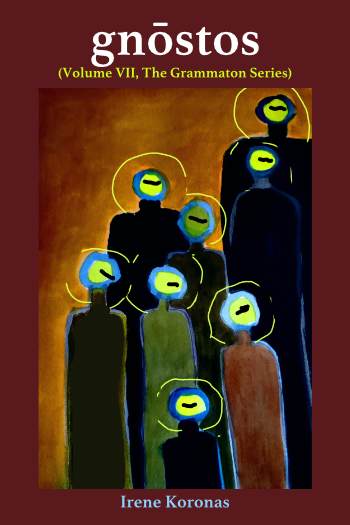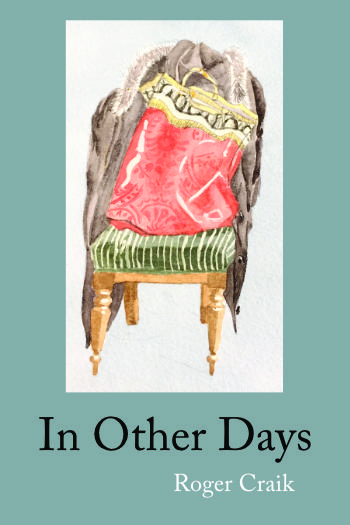On the Seawall: A Community Gallery of New Writing & Commentary has published a review of Hank Lazer’s new BlazeVOX book, P I E C E S, in their November edition by another BlazeVOX author, Susan M. Schultz. Have a read, it’s a great review.
on P I E C E S, poems by Hank Lazer
reviewed by Susan M. Schultz

For many years, words like “it” and “is” seemed to be my arch enemies. Student essays and poems would be littered with non-referential pronouns (to which I add “this” and “that”) along with that weakest of the verb forms. When I suggested to a student he not use the “to be” verb so much, he asked what that meant. Being is ever a mystery, as are verb forms. “It is” writing can leave the reader fluttering in the air. It’s a pronoun and verb without a map.
Then I taught an entire course on the writing of Gertrude Stein. That was it. It was everywhere. Its significance outweighed its lack of reference; in fact, in Stein’s play of language, It was one of the central characters. It was a pronoun that needed no referent other than itself, rather like the “He” in Ashbery’s early sonnet that refers not to what any particular “he” does in the world, but to the world created by sentences beginning with the word “he.” In the Stein class, our task became one of talking about it, not what it referred to. That was the point; it was a word with its own substance, agency, allure even. If you can’t close-read “it,” then at least you can revel in it.
Which brings me, by commodious vicus of recirculation, to Hank Lazer’s PIECES. Nearly a third of the way in to his diary-poem, he notes: “eventually / we all become / miniaturists.” At the least, Lazer and his poetic tradition do. He quotes Robert Creeley throughout, that master of the thin line, the sudden enjambment. Creeley wrote a poem titled “A Piece”: “One and / one, two, / three.” Three words, three points of punctuation, three lines. This might be yelled out at the beginning of a race (though that would more likely be 3, 2, 1), or it might be a jazz musician’s count to launch a riff. Or it might simply be three words that take us somewhere that has no meaning outside of a left-out context. Three what? Or, as Lazer adds (by subtracting): “too few words / better than / too many.” The triumph for Stein was in recognizing that words were themselves the miniatures we collect, tchhotchkes of the language. Lazer’s approach is different. For him, the word “it” is crucial because it contains multitudes. What the meaning is is the question. It is there somewhere, beginning from the note left to him by his uncle in an unfinished notebook; or as ritual; or as the weather; or as a koan (“what / is / it”); a state of being, or coming into not being (my own father’s last words were “I guess this is it”); as a pointer; as an anchor in time; as a spirit; as a ghostly presence (as of his recently deceased mother). It is also a book, this one, sweeping in circles away from uncle’s handwritten words into meditations on grief, descriptions of a farm, then folding back to the unfinished notebook, the dead yet unfinished uncle. That Lazer has written for so many years in notebooks (both in lines and in shapes) means that he is especially drawn to them. Does his notebook finish the one begun by his uncle? No, but it expands it even as it is born through the miniature.
Read the full review here: On the Seawall: A Community Gallery of New Writing & Commentary
Read more of P I E C E S, poems by Hank Lazer, or buy a copy here


![BlazeVOX [books]](https://wp.blazevox.org/wp-content/uploads/2015/03/convoy-logo-7.png)


